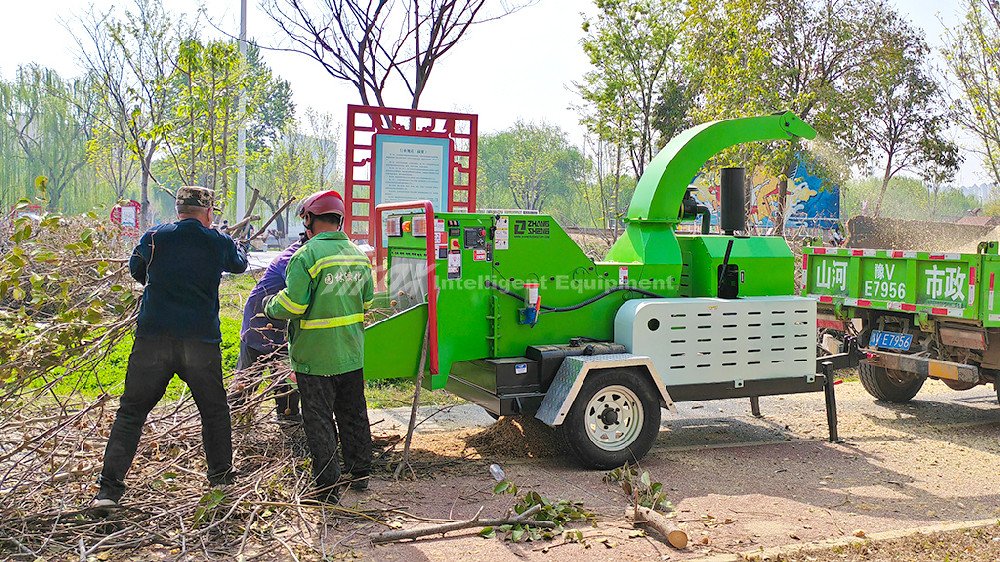Wood chippers excel at processing various wood materials, but using them incorrectly can result in costly repairs or irreversible damage.
Wood chippers are primarily designed for wood-related materials such as branches, logs, leaves, and brush. Following the manufacturer's guidelines is crucial for effective operation and longevity.
Using wood chippers correctly ensures optimal performance and prevents damage. By focusing on wood materials, chippers efficiently process waste while reducing the risk of damage. Let's explore the different things that wood chippers do well.
What Are Wood Chippers Good For?
Understanding what wood chippers are meant to do can improve their usefulness.
Wood chippers efficiently convert wood waste into smaller, manageable pieces, providing mulch, reducing waste volume, and aiding biomass fuel production. They transform wood materials into valuable resources effortlessly.
Wood Types Processed by Chippers
Here, you find uses for wood chippers in a structured way:
| Material Type | Ideal Uses | Notes |
| Branches | Land clearing | Most common and efficient use |
| Logs | Mulch production | Must match machine capacity |
| Brush | Biomass fuel | Ideal when dry |
| Yard waste | Compost additives | Better when mixed with wood chips |
Whether handling thick logs or slender branches, wood chippers handle their tasks efficiently. Next, let’s discuss what materials you should avoid putting in wood chippers.
What Can You Not Put in a Wood Chipper?
Knowing what materials are risky for wood chippers helps avoid damage.
Materials like metal, rocks, plastics, treated wood, and large root balls should not enter wood chippers. These substances can damage blades, jam mechanisms, or create dangerous projectiles.

Risks Associated with Incorrect Materials
Below are examples of harmful materials:
1. **Metal objects**: Can shatter blades instantly and jam moving parts.
2. **Stones/rocks**: Damage anvils and cause immediate machine jam.
3. **Wet materials**: Reduce efficiency and cause clogging.
4. **Pressure-treated wood**: Harmful chemicals released upon chipping.
5. **Palm fronds & Bamboo**: Wrap around shaft subtly, causing inefficiencies.
Avoiding these foreign materials preserves wood chipper functionality and efficiency. Now, let’s explore why chipping non-wood materials, especially plastic, is not wise.
Can a Wood Chipper Chip Plastic?
Exploring non-wood materials' compatibility with wood chippers shows the risks involved.
**No, wood chippers should not be used to chip plastic. Plastic melts and jams the mechanisms, potentially creating hazardous dust harmful to both engines and operators.**

Consequences of Chipping Plastic
Explore how plastic affects chippers:
- **Melting**: Generates sticky residue from friction heat.
- **Wrap-around**: Clogs moving parts and maximizes inefficiency.
- **Dust hazard**: Produces harmful particles affecting operators.
- **Engine damage**: Foul spark arrestors from sticky particles.
- **Blade degradation**: Quickly dulls cutting edges meant for wood.
Using wood chippers solely for wood-related materials ensures longer machine lifespan and optimal functionality. By using the correct equipment for plastic recycling, the wood chipper avoids unnecessary strain and damage.
Conclusion
Wood chippers work best with natural wood materials. Follow guidelines to prevent equipment damage and ensure machine longevity.


